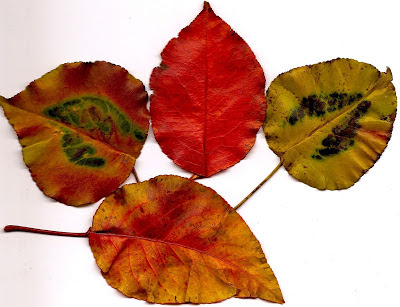Like many people, I sometimes suffer from insomnia. One of the things I like to do amuse myself in the middle of the night is visit NASA's
Astronomy Picture of the Day website. The photo for July 8 was this absolutely stunning specimen from Iceland — a volcano and an aurora.
When I posted this on Facebook this morning, I got into a conversation with a social media friend (hello, Thomas G. Fiffer!) about my belief that looking at the sky is the key to having a sense of awe and wonder about the world around us. Eventually the post below, which I wrote in March 2010, came to mind. And then, when I looked at the post, I realized it included a reference to a 2009 article by the excellent neuroscientist and top-notch dad Mark Changizi...who had referenced the same article on Facebook the day before.
These are what we fact-minded people call coincidences, and they inspired me to re-publish this post. I'd love to hear what you think.
March 17, 2010
"The most beautiful thing we can experience is the mysterious. It is the source of all true art and all science. He to whom this emotion is a stranger, who can no longer pause to wonder and stand rapt in awe, is as good as dead: his eyes are closed."
~ Albert Einstein
Every evening after the sun goes down, I look out my kitchen window at the Manhattan skyline. The view is a lot like this photo, although partly obstructed by nearby buildings.
To the left is the Empire State building; dead center, the fantastic hubcap-, hood-ornament- and gargoyle-laden Chrysler building. Below, above and all around, sprinkled among the city's predominantly domino-shaped structures, are pastry-shop-window constructions from an earlier time when building tops looked like fevered meringue dreams. I have been looking at this view for decades now, and it rarely fails to fill me with joy.
Just recently, I realized what it does
not fill me with: wonder and awe. And that's because, in this light-drenched panorama, I cannot see the sky. No planets, no constellations, no milky belt of suns wheeling by.
This realization hit me yesterday while I was out walking under New York's first clear sky in a week, brooding about the sad state of science knowledge. According to
Pew Research, 47% of Americans believe life evolved over time (with or without heavenly guidance), while 42% believe humans have always existed in their present form. Many also believe the universe was created 10,000 years ago and dinosaurs and humans existed at the same time.
"Mystery creates wonder and wonder is the basis of man's desire to understand."
~ Neil Armstrong
Cognitive scientist, evolutionary neurobiologist and author
Mark Changizi of Rensselaer Polytechnic Institute has written persuasively about why many people cannot grasp evolution. In
this blog post, he compares their confusion to his son's shock and fear on first encountering a jacuzzi. Like a jacuzzi, he says, evolution seems nuts when you first run into it. And as he wrote, "If you’re so used to evolution that you fail to see how weird it is, you’ll be in a poor position to explain why it isn’t as crazy as it at first sounds."
What keeps me up at night is the fear that today's anti-science bias is dragging knowledge into the past. I worry that in a few more generations we'll be teaching our kids the earth is flat and the sun revolves around it. It's as if we're in a time machine that's stuck in reverse.
"We had the sky up there, all speckled with stars, and we used to lay on our backs and look up at them, and discuss about whether they was made or only just happened."
~ Mark Twain
But I have an idea, and it's very simple: turn off the lights. Literally shut off the glaring lights at least one night per month and let the people of this planet see the stars again. Staring at the stars led early man to try to understand the forces at work around him. Staring at the stars gives us that sense of wonder that is fundamental to science and to appreciating science. Here's a place to start wondering.
"All is mystery; but he is a slave who will not struggle to penetrate the dark veil."
~ Benjamin Disraeli


































